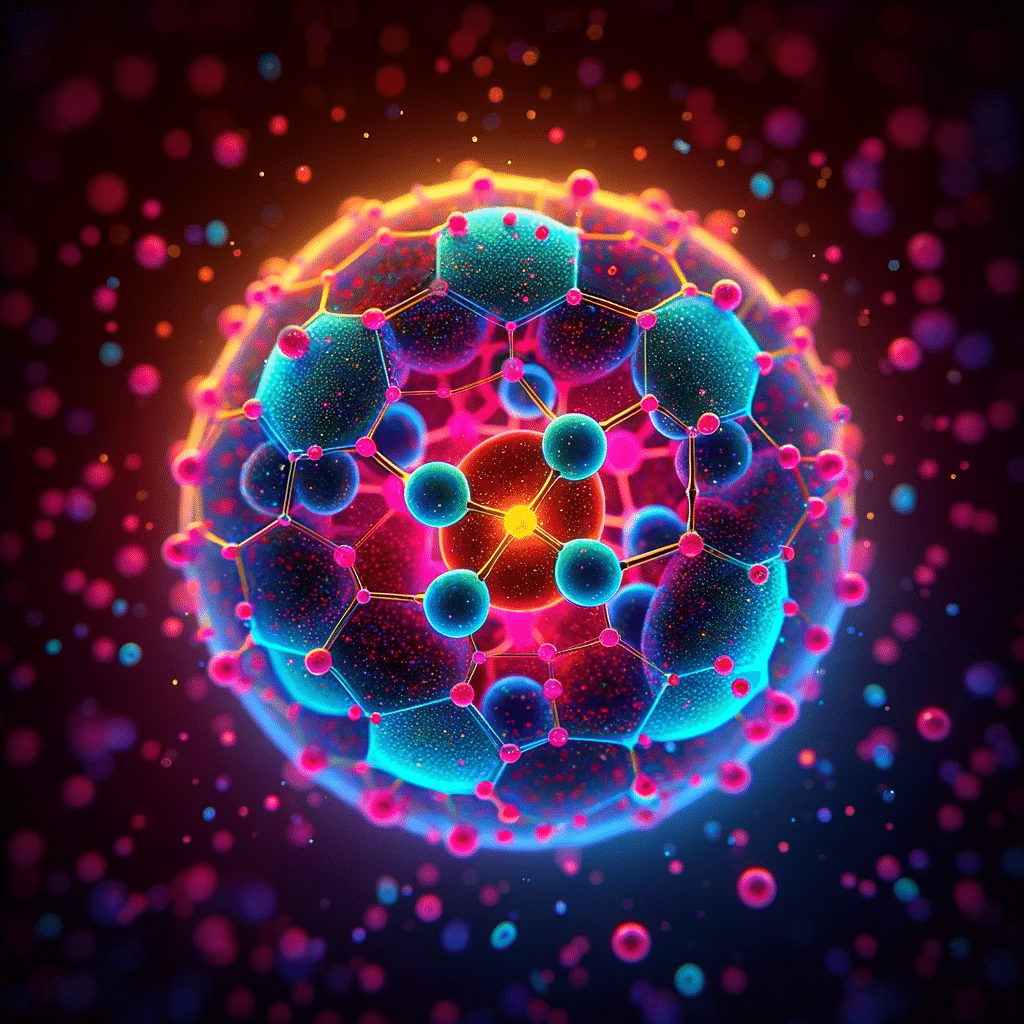Quantum Dots
Quantum Dots (QDs) are nanoscale semiconductor particles whose unique optical and electronic properties are harnessed in various fields, including medical imaging. Their size-tunable light emission and high photostability make them attractive alternatives to traditional organic dyes. Here’s a closer look at the application of QDs in medical imaging:
Synthesis and Properties:
Quantum dots can be synthesized using different methods, such as colloidal, hydrothermal, and sol-gel processes. Among these, the colloidal process is favoured due to its versatility in manipulating the size and shape of QDs. This method involves precipitating QDs in a solution, providing precise control over their size and composition to achieve desired optical properties. The remarkable optical properties of QDs arise from quantum confinement effects, which occur when semiconductor crystals are reduced to the nanoscale. This confinement leads to discrete energy levels, resulting in size-dependent emission and absorption spectra.
Quantum Dots in Medical Imaging Applications:
QDs have found their way into various medical imaging modalities due to their unique properties. Their broad absorption spectra and narrow, tunable emission spectra are particularly suitable for fluorescence-based imaging techniques. By modifying the size and composition of QDs, the emission spectra can be fine-tuned, enabling the simultaneous detection of multiple targets and facilitating the development of advanced imaging techniques.
Moreover, the high photostability of QDs allows for extended imaging sessions without significant degradation, which is crucial for real-time monitoring and longitudinal studies. The impressive quantum yield of QDs ensures bright signals even for low-abundance targets, enhancing the sensitivity and accuracy of imaging.
Advancements and Future Directions:
The application of QDs in medical imaging is a rapidly evolving field. Their potential in multi-modal imaging, where they can be used in conjunction with other imaging agents or modalities, opens up new avenues for more comprehensive diagnostics and research. The biocompatibility and potential toxicity of QDs are areas that require further investigation to ensure safe clinical applications.
In conclusion, QDs hold great promise in revolutionizing medical imaging by offering a versatile and powerful tool for researchers and clinicians. Their unique optical properties, coupled with the ability to tune their emission spectra, make them an exciting frontier in medical imaging technology.
You are here:
home » quantum dots




